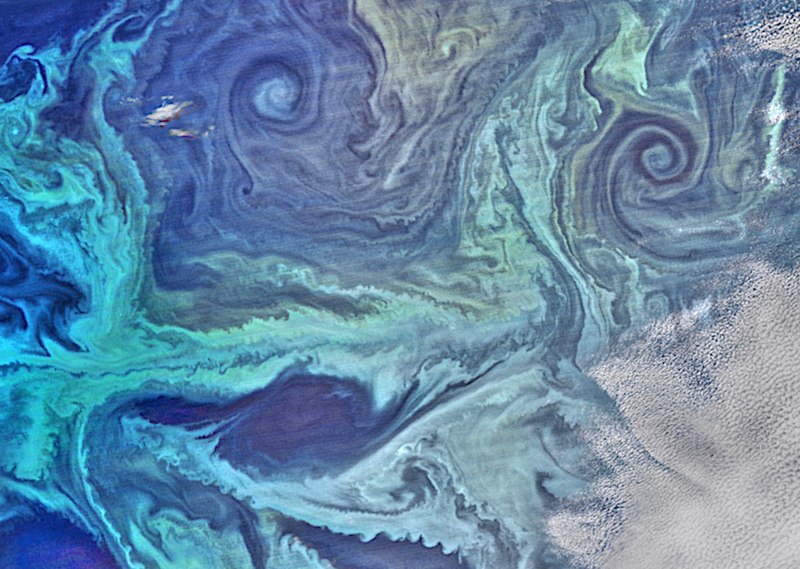Media release
From:
Southern Ocean phytoplankton blooms are starting later and becoming shorter
Phytoplankton blooms in large parts of the Southern Ocean may have shifted their timing by up to 50 days per decade in the past 25 years, suggests a study in Nature Climate Change. This is likely to have repercussions for the synchronisation of Antarctic food webs and for global carbon uptake.
The Southern Ocean, which surrounds Antarctica, plays a disproportionate role in buffering the impacts of climate change by taking up 50% of the global oceanic uptake of carbon and 75% of the heat generated by excess anthropogenic carbon remaining in the atmosphere. Carbon uptake is driven in part by phytoplankton, which also act as the base of the region’s marine food webs. While climate change is expected to alter the abundance and timing of phytoplankton blooms, there has been little consensus in projections regarding the direction and the magnitude of this change.
Sandy Thomalla and colleagues analysed 25 years (1998–2022) of satellite ocean colour chlorophyll-a data, a proxy for phytoplankton biomass, taken at high spatial (around 1 km) and temporal resolution (approximately daily). The authors suggest an overall trend towards phytoplankton blooms that initiate later, terminate earlier, and subsequently have shorter durations, with changes in the seasonality and an increase in amplitude. These shorter blooms are expected to reduce the amount of carbon being exported and stored in the Southern Ocean. An exception is in the sea-ice impacted regions of the Southern Ocean, where blooms initiate much earlier and have longer durations that are a likely response to the reduction in sea ice concentration and extent. These changes are larger than previous earth system models had suggested, shifting by up to 50 days per decade, compared with the predicted model shifts of up to 10 days per decade.
They note that changes to the timing and abundance of phytoplankton blooms affect carbon uptake as well as food webs, and that these changes could potentially impact the nutritional stress, reproductive success and survival rates of larger marine species including seals, seabirds and humpback whales. The authors suggest that these trends are anticipated to continue and possibly even accelerate as climate change further alters conditions in the Southern Ocean.



 International
International



